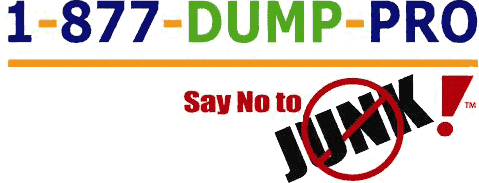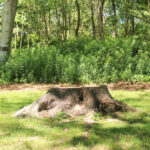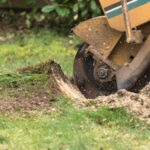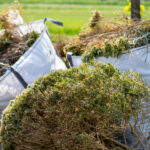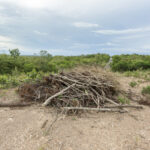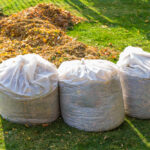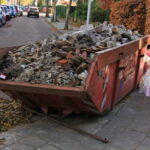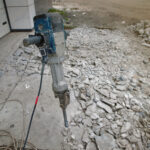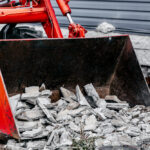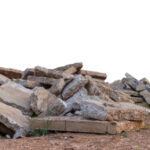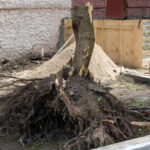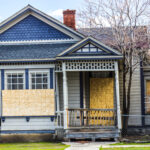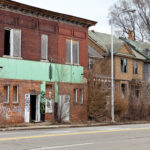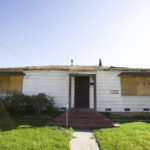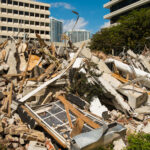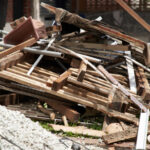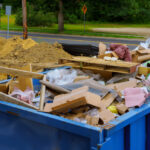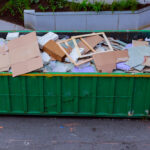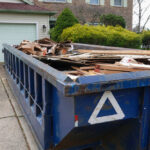Menu
Cleaning The Junk Out Of Your Life Is As Easy As 1 2 3!
Junk Removal
Testimonial
Our Clients Feedback

Read More
I was skeptical because I've never came across any dump companies that were as awesome as these guys. They were very friendly and professional. I had to clean out my parents home after they both passed. They made me feel comfortable and at ease.

Read More
I had an excellent 5-star experience with DUMP PRO. After explaining the amount of items via phone, they gave me already an estimated quote range via phone and after arriving onsite, the final price stayed within that quote range. Their prices are highly competitive and much better than other bigger Junk Removal companies in the bay area.

Read More
Michael and his crew did a great job doing a complete backyard clearing. His crew did the complete job in two days. They did a terrific job cleaning up and hauling everything away. I would definitely recommend Michael if your looking for any work done around your house.

Read More
First of all let me just start off by saying these guys are the absolute best in the business!!!!!! Hands down, couldn't ask for any better guys to do the job. I was skeptical at first because Great customer service, great communication, very fast & efficient! Thanks Again Mike & team!

Read More
Michael and the team are really great. They hauled away a huge amount of debris from my house and it was very difficult, but they pushed through. Furthermore, they stayed beyond dark to finish the job they committed to, and honored the quote. Great guys and hard workers.

Read More
Highly recommend Michael/crew. He helped me haul everything on short noticed and needed a second hauling and again, in short noticed, got the job done. Great communicator and service. Friendly crew and so helpful. The pricing was great as far as comparison to other few quotes that I've gotten. I've used this company prior with a different crew, still awesome team as well. Thank you for all your hard work!!

Read More
Highly recommend Michael/crew. He helped me haul everything on short noticed and needed a second hauling and again, in short noticed, got the job done. Great communicator and service. Friendly crew and so helpful. The pricing was great as far as comparison to other few quotes that I've gotten. I've used this company prior with a different crew, still awesome team as well. Thank you for all your hard work!!

Read More
I just used Dump Pro to load a whole truck full of tree limbs and wood from a deck we took down. It was more economical to use them, where they come, do all the loading, and sweep clean any area they have cleared, than it would have been to have a dumpster dropped off. Mike, who runs the business, was on time, courteous and thorough, as was his crew. Thumbs up for this team!

Read More
I have used1877 Dump Pro several times I would highly recommend them to anyone that needs these services the crew that came out was 2 women and 2 men..They were very efficient, Fast and very friendly.I can say nothing but wonderful things about Dump Pro and the employees.........Your's Truely A Satisfied Customer

Read More
I quoted three highly rated dirt removal companies. Dump Pro was the only company who gave an accurate quote and who published their pricing schedule. Its easy to estimate the load size by measuring the debris yourself. The quotes from two other highly rated companies grossly exaggerated the load size and had higher rates. Dump Pro was exceptionally professional, much fairer than their competitors and had the best prices.
Previous
Next
" We Are Committed To Getting Rid Of All Your Unwanted Junk and Clutter "
Junk Removal in Daly City, CA.
Efficient Junk Removal Services in Daly City, CA
Your Go-To Partner for Daly City Junk Removal
1-877-DUMP-PRO stands as your reliable partner for efficient and hassle-free junk removal in Daly City. Whether you’re a homeowner seeking to declutter, a business managing waste, or part of a construction project requiring debris removal, our dedicated team is here to assist. Daly City residents choose us for our commitment to prompt and professional service, ensuring your unwanted items are cleared away seamlessly.
Our Daly City junk removal services go beyond mere disposal; we prioritize responsible and eco-friendly methods. We understand the significance of creating clean and organized spaces, and our experienced team is dedicated to providing reliable solutions tailored to the unique needs of the Daly City community. Choose 1-877-DUMP-PRO as your dependable ally for Daly City junk removal and experience the difference of a clutter-free environment with ease.
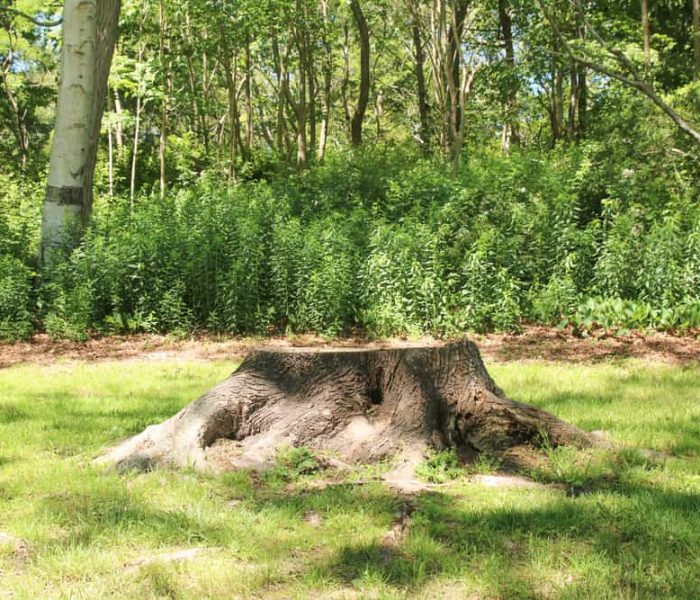
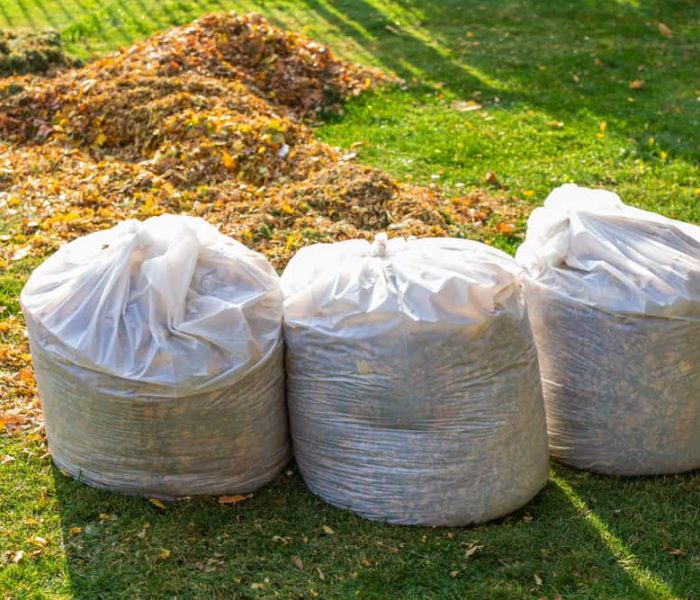
Affordable Solutions for Clutter and Debris Removal
In Daly City, 1-877-DUMP-PRO believes in making efficient junk removal accessible and affordable for everyone. Our services prioritize not only reliability but also cost-effectiveness, offering budget-friendly solutions for clearing out clutter and debris. We understand that creating a clean and organized space in Daly City should be a hassle-free and affordable experience.
Our Daly City junk removal options come with transparent pricing and no hidden fees. We aim to make the process straightforward and budget-friendly, ensuring that you can enjoy a clutter-free environment without breaking the bank. Whether you’re dealing with household items, office clutter, or construction debris, choose 1-877-DUMP-PRO for dependable and reasonably priced solutions tailored to meet your Daly City junk removal needs with efficiency and affordability.
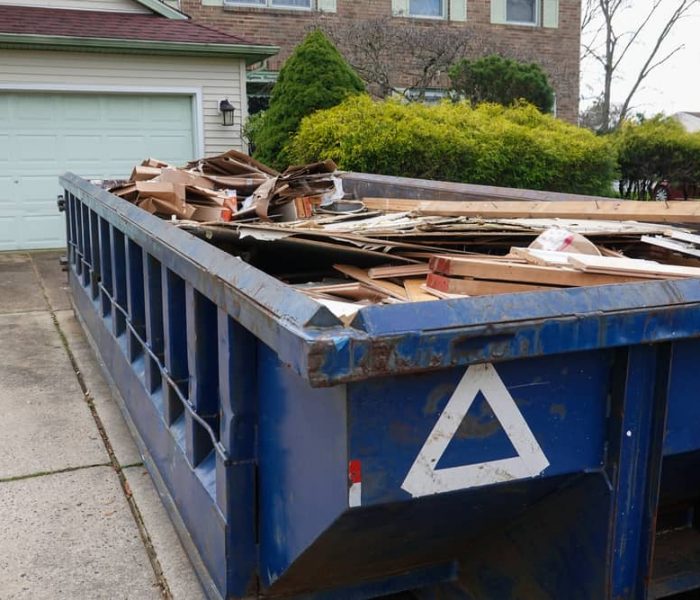
Convenient and Timely Junk Removal Options
In the dynamic city of Daly City, where time is of the essence, 1-877-DUMP-PRO provides convenient and flexible junk removal options tailored to your schedule. Whether it’s a one-time cleanup or ongoing junk removal needs, our team is ready to assist. Our Daly City junk removal services offer convenient pickup and responsible disposal, ensuring your space is cleared without disrupting your routine.
We understand the urgency of timely removal, and our services are designed to accommodate your needs efficiently. With efficient pickup services and a commitment to responsible disposal practices, 1-877-DUMP-PRO strives to make the junk removal process in Daly City as seamless as possible. Trust us for timely and efficient junk removal, allowing you to enjoy a clutter-free environment without the hassle of coordinating complex removal schedules in Daly City.
Contact Us
Daly City is the most populous city in San Mateo County, California, United States, with an estimated 2019 population of 106,280. Located in the San Francisco Bay Area, and immediately south of San Francisco, it is named for businessman and landowner John Donald Daly.
Archaeological evidence suggests the San Francisco Bay Area has been inhabited as early as 2700 BC. People of the Ohlone language group probably occupied Northern California from at least the year A.D. 500. Though their territory had been claimed by Spain since the early 16th century, they would have relatively little contact with Europeans until 1769, when, as part of an effort to colonize Alta California, an exploration party led by Don Gaspar de Portolá learned of the existence of San Francisco Bay. Seven years later, in 1776, an expedition led by Juan Bautista de Anza selected the site for the Presidio of San Francisco, which José Joaquín Moraga would soon establish. Later the same year, the Franciscan missionary Francisco Palóu founded the Mission San Francisco de Asís (Mission Dolores). As part of the founding, the priests claimed the land south of the mission for sixteen miles for raising crops and for fodder for cattle and sheep. In 1778, the priests and soldiers marked out a trail to connect San Francisco to the rest of California. At the top of Mission Hill, the priests named the gap between San Bruno Mountain and the hills on the coast La Portezuela (“The Little Door”). La Portezuela was later referred to as Daly’s Hill, the Center of Daly City, and is now called Top of the Hill.
During Spanish rule, the area between San Bruno Mountain and the Pacific remained uninhabited. Upon independence from Spain, prominent Mexican citizens were granted land parcels to establish large ranches, three of which covered areas now in Daly City and Colma. Rancho Buri Buri was granted to Jose Sanchez in 1835 and covered 14,639 acres (59.24 km2) including parts of modern-day Colma, Burlingame, San Bruno, South San Francisco, and Millbrae. Rancho Laguna de la Merced was 2,219 acres (8.98 km2) acres and covered the area around a lake of the same name. The third ranch covering parts of the Daly City-Colma area was named Rancho Cañada de Guadalupe la Visitación y Rodeo Viejo and stretched from the Visitacion Valley area in San Francisco, to the city of South San Francisco covering 5,473 acres (22.15 km2).
Following the Mexican Cession of California at the end of the Mexican-American War the owners of Rancho Laguna de La Merced tried to claim land between San Bruno Mountain and Lake Merced. An 1853 US government survey declared that the contested area was in fact government property and could be acquired by private citizens. There was a brief land rush as settlers, mainly Irish established ranches and farms in parts of what is now the neighborhoods of Westlake, Serramonte, and the cities of Colma and Pacifica. A decade later, several families left as increase in the fog density killed grain and potato crops. The few remaining families switched to dairy and cattle farming as a more profitable enterprise. In the late 19th century as San Francisco grew and San Mateo County was established, Daly City also gradually grew including homes and schools along the lines for the Southern Pacific railroad. Daly City served as a location where San Franciscans would cross over county lines to gamble and fight. As tensions built in approach to the American Civil War, California was divided between pro-slavery, and Free Soil advocates. Two of the main figures in the debate were US Senator David C. Broderick, a Free Soil advocate, and David S. Terry, who was in favor of extension of slavery into California. Quarreling and political fighting between the two eventually led to a duel in the Lake Merced area at which Terry mortally wounded Broderick, who would die three days later. The site of the duel is marked with two granite shafts where the men stood, and is designated as California Historical Landmark number 19.
Learn more about Daly City.Useful links for Daly City, CA
Here are some engineering-related links:
